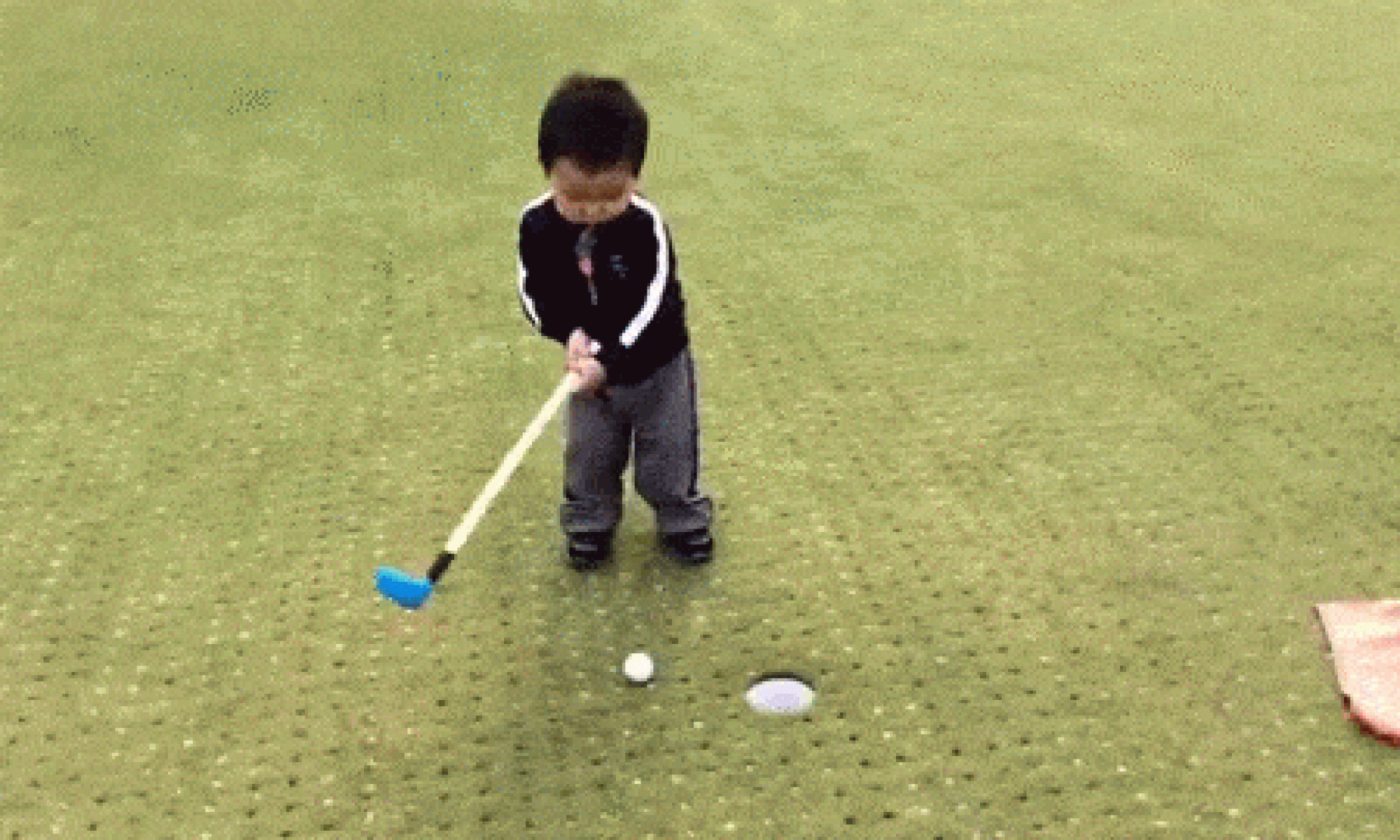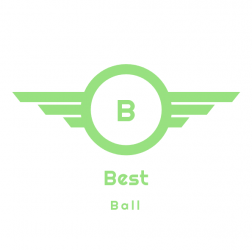What did you personally accomplish this week on the project?
This week I had to design a script that would enable us to connect to the BT for the IMU. I had to iterate on many libraries. It turns out that Bluetooth is not very well supported with many modules. I found a library called SimpleBLE that works with C++, Python, and Rust (I think). It allowed me to scan for nearby BLE devices. It did not, however, let me connect to the chip. I ended up having to clone the repo and modify some of the libraries then install from the source. Eventually, I got it working and I am able to connect multiple chips to my MACOS and extract regular data iteratively.
This week we finished the slides for our final presentation. I also updated the website to use AJAX instead of refreshing the whole page in order to give live updates. We also ran tests on the IMU in the ball. We measured the ball’s rolling distance and tracked the speed with the IMU. Then we cross-referenced the results and found that they appeared to be 90% accurate. I also updated the IMU code to transmit the velocity as well as the orientation of the ball.
Is your progress on schedule or behind?
We are currently on schedule. We need to start making the poster and demo video. I will need to finish testing the IMU data that is going to be sent to the web app.
What steps will be taken to catch up to the project schedule?
na
What deliverables do you hope to complete in the next week?
For our final steps, we need to add a graphic interface to the web app that showcases the data and helps the user visualize. Then we also need to run a couple more integration tests for the IMUs and run the whole course altogether. Lastly, we need to finish the poster and the video demo and write-up which we will be working on exclusively next week.

